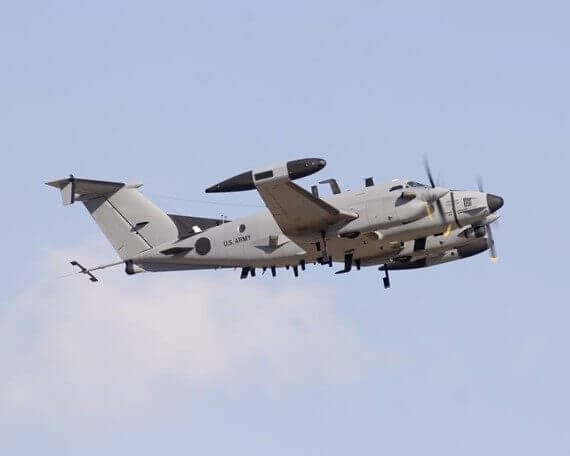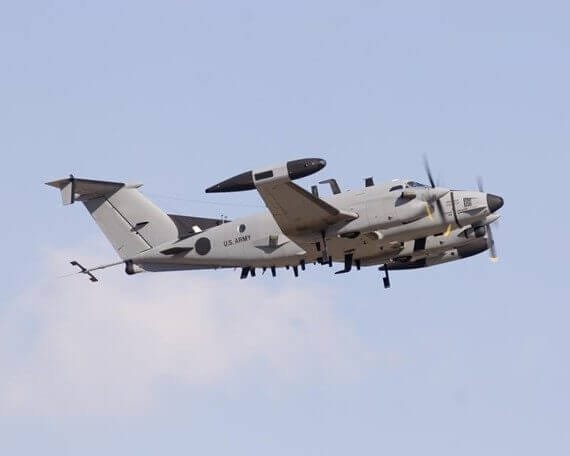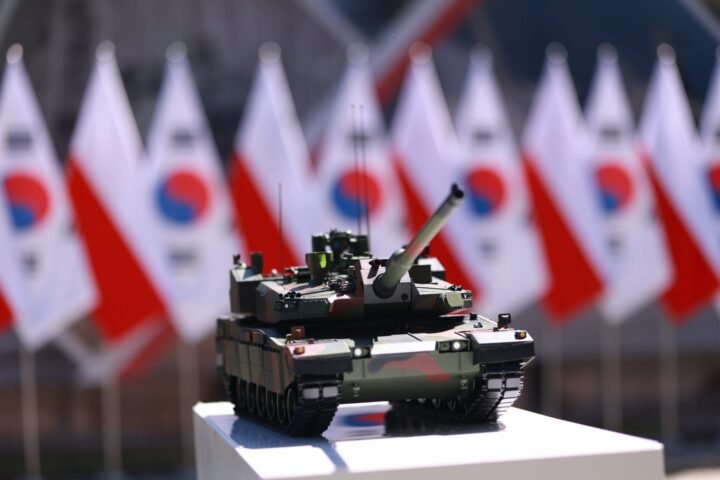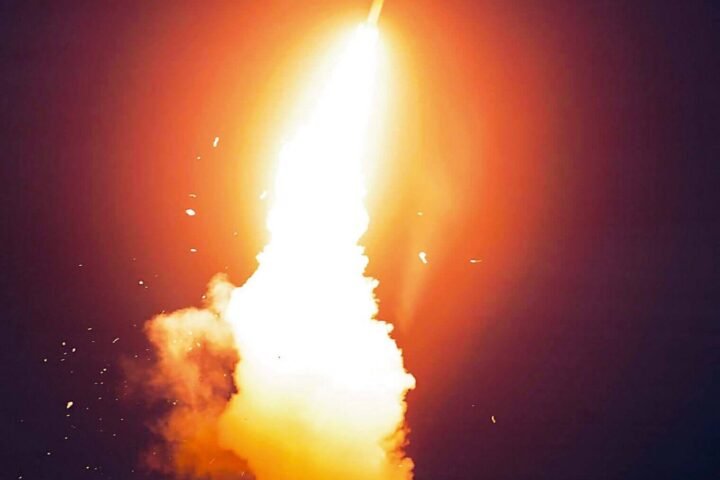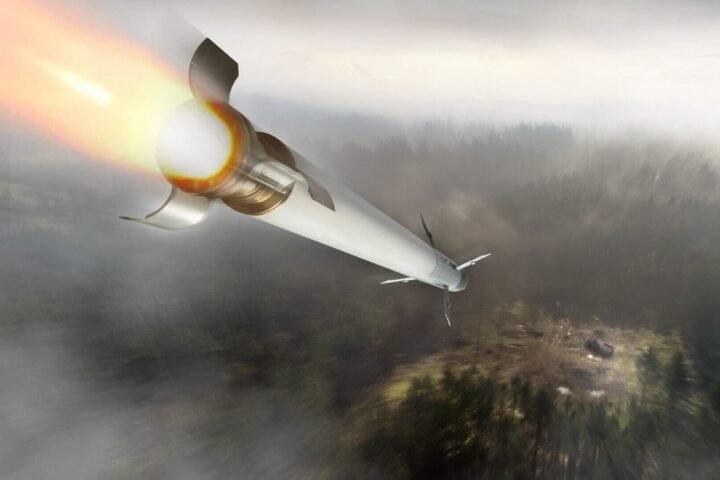In the United States, the US Army has decided to withdraw early this year the aircraft for intelligence, surveillance and reconnaissance (ISR) MC-12S, RC-12X and EO-5C to save resources, starting the retirement process of these lines to concentrate funds on the HADES (High Accuracy Detection and Exploitation System) program.
The HADES program provides for the acquisition of the new ME-11B aircraft, a specially modified Bombardier Global 6500, to support long-range precision attacks, enhancing aerial detection (ISR) capabilities.
The HADES Program
Originally, the plans were to keep such aircraft in service until 2030; the lack of resources and the desire to accelerate the HADES program led the US Army to decide to withdraw the aircraft by 2025. MC-12S and RC-12X are aircraft newer than the EO-5C which is older. The HADES program was initiated by the US Army with the aim of modernizing and improving intelligence, surveillance and reconnaissance (ISR) capabilities for future military operations. The Global 6500 is a tested platform that offers range, speed, reliability, and endurance. It represents the ideal fixed-wing solution for the US Army’s next-generation intelligence, surveillance, and reconnaissance (ISR) aircraft, flying higher, faster, and further than legacy airborne sensor platforms. In January 2024, the U.S. Army Contracting Command-Redstone Arsenal, in collaboration with the Army Fixed Wing Project Office, awarded a contract to Bombardier Defense (Learjet, Inc.) for the purchase of a Global 6500 aircraft. The contract includes options for the purchase of two more aircraft of the same type within three years.
